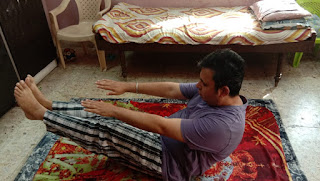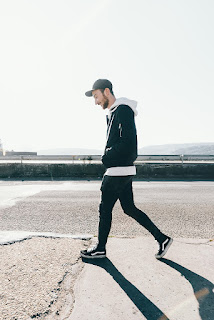Bhastrika Pranayam – Steps and Benefits
Bhastrika Pranayam – Steps and Benefits
Bhastrika pranayama is a breathing technique which generates heat in the body. As per ayurveda it is especially beneficial for people who have Kapha body composition or are water dominated.
Bhastrika pranayama looks similar to Kapalbahti but is different from it in two major ways. Kapalbhati breathing exercise involves stomach and mimics sneezing.
Bhastrika on the other hand involves chest and lungs. In Bhastrika Pranayama both inhalation and exhalation are forced. It is like post running panting.
Benefits of Bhastrika Pranayam
- It is good for giving oxygen to brain.
- It benefits the nervous and the motor system.
- It is great for energizing the body and the mind.
- It is good for people with depression and anxiety.
- It helps in treating fibrosis.
- It is great for lungs and people who suffer from repetitive cough, flu, respiratory issues, allergies or breathlessness.
- It helps to strengthen immunity.
- It checks sleep apnea as well.
Bhastrika should always be the first pranayam to be practiced and must be followed by Kapalbhati. Bhastrika Pranayam is beneficial during colder months. However, those whose physical composition is water dominated (Kapha) or those who suffer from low BP, depression or anxiety can perform it during summers and benefit from it.
Who Should avoid Bhastrika Pranayam
Bhastrika pranayam should be done on an empty stomach. It stimulates the nervous system which could intrude in relaxing the body for sleep. So it should not be done at night.
People with hypertension and heart issues must not attempt Bhastrika Pranayam as it generates heath in the system.
Pregnant women should also avoid it. People undergoing migraine attack should not attempt it.
How to do Bhastrika Pranayam
- Sit in Padmasana (Lotus Pose) or Sukhasana.
- Take a deep breath filling your lungs with air.
- Count till five. Now release the breath.
- Now breathe in and out forcefully as if you are panting.
- One in breath and out breath is equal to one count. Practice this for 21 counts initially.
- Do it continuously for 3 minutes or in breaks.



Comments
Post a Comment